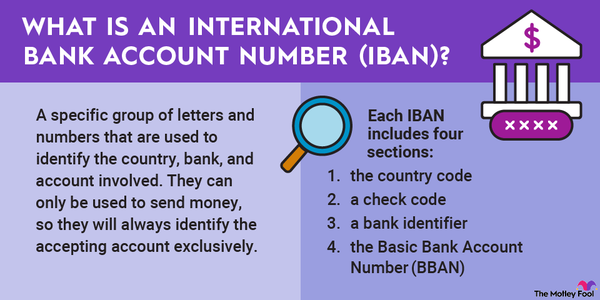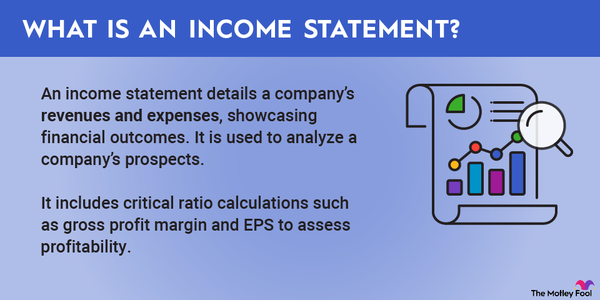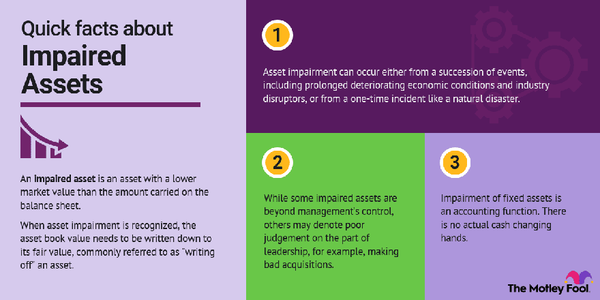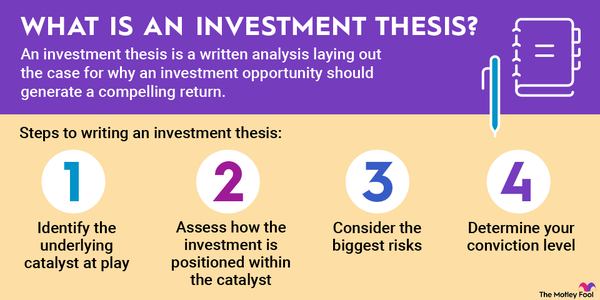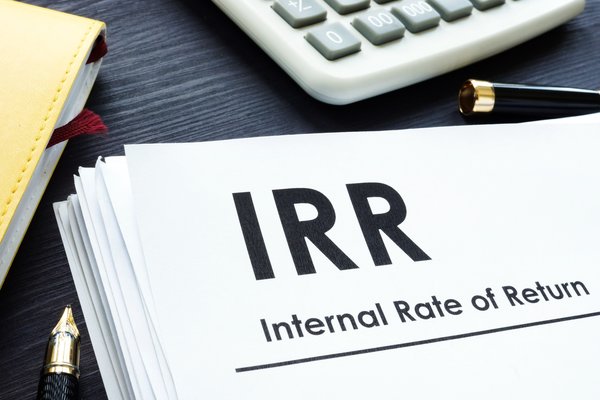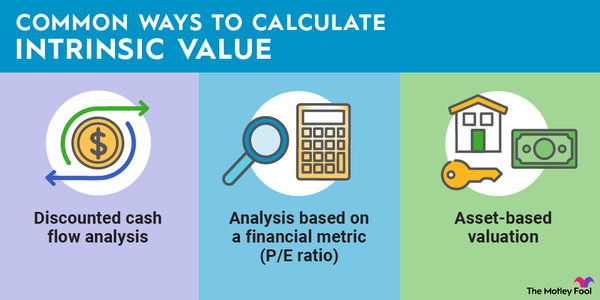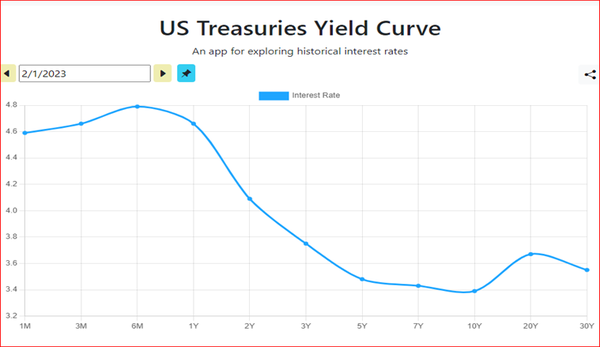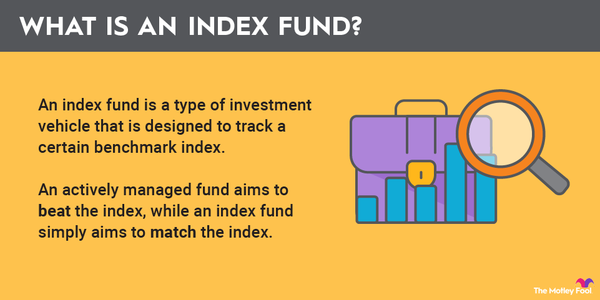When analyzing stocks to invest in, getting a feel for the business's financial health and strength is important. One smart way to do it is with debt metrics, including the interest coverage ratio, or ICR. Unlike some popular debt metrics, such as debt-to-EBITDA (earnings before interest, taxes, depreciation, and amortization), the ICR takes the actual interest expense into consideration. Here's how it works.
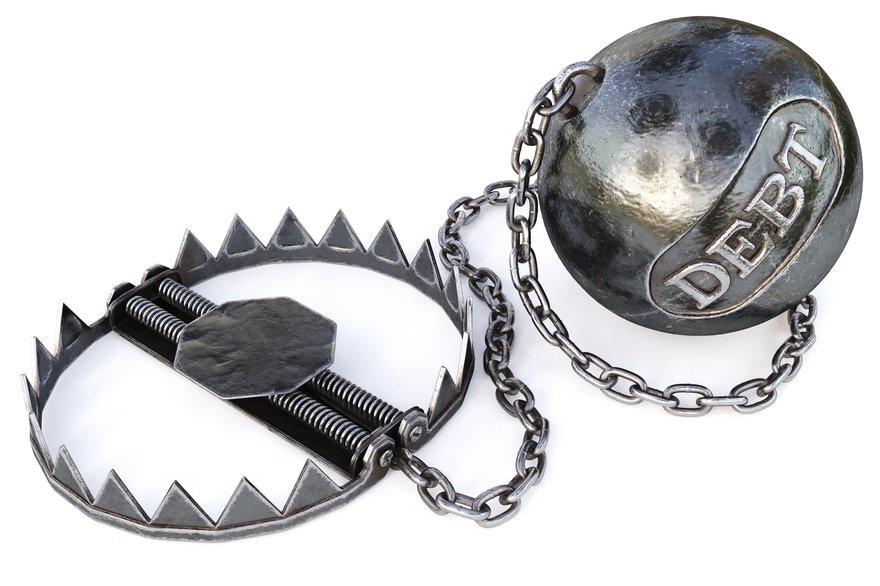
Understanding interest coverage ratio
Understanding the interest coverage ratio
The ICR is a financial metric used to determine whether a company can pay the interest on its outstanding debt. The formula for the interest coverage ratio is rather simple.
Just divide the company's earnings before interest and taxes (EBIT) by the annual interest expense. Note that EBIT is also called operating income. For example, if a business generated $50 million in operating income and had $25 million in interest expense, it would have an ICR of 2.0.
Why it's important
Why the interest coverage ratio is important
Obviously, it's bad if a company is unable to pay the interest on its outstanding debts. Businesses struggling to keep up with their interest payments have only a few options, including:
- Refinance the debt, which can be easier said than done when you already have a high ICR.
- Sell assets to pay down the debt and get the interest expense down to a manageable level.
- Go into default on the debts, which can lead to bankruptcy.
In the public markets, it's somewhat rare for a company's ICR to indicate that it doesn't have the ability to pay the interest on its debts, but it can still be a useful metric. An ICR that is a little too low for comfort can be a red flag that a business could eventually run into financial trouble or have difficulty accessing additional capital if needed.
How to use it
How to use interest coverage ratio in analysis
There are a couple of ways ICR is used in the real world. Lenders and creditors use the ICR to determine the creditworthiness of businesses and the likelihood they'll be able to repay any additional money loaned to them.
For investors like you, the ICR can be a good indicator of a company's financial health (or lack thereof). There's no set-in-stone rule regarding what makes a "good" ICR since it depends on your risk tolerance and the nature of the business itself.
For example, investors may accept a lower ICR from a mature company with stable cash flow than from a high-growth tech company that has only been cash-flow positive for a few years.
Having said that, an ICR less than 1.0 is a clear sign of trouble since it indicates the business can't pay its interest obligations. Analysts typically like to see ICRs of at least 2.0 for the most mature companies, but many believe an ICR that exceeds 3.0 or even 4.0 is important.
An example
Example of calculating interest coverage ratio
Let's look at a real-world example. Let's say you want to buy stock in a cruise line company and have narrowed it down to Royal Caribbean Cruises (RCL -0.83%) and Norwegian Cruise Line (NCLH -2.4%). In 2023, Royal Caribbean Cruises generated $2.9 billion in operating income and paid $1.297 billion in interest on its debt. Dividing these two numbers shows an interest coverage ratio of 2.24.
Related investing topics
On the other hand, competing cruise operator Norwegian had $931 million in operating income in 2023 and spent $775 million on interest expense. Dividing these shows an ICR of 1.2, significantly lower than Royal Caribbean.
To be sure, the interest coverage ratio is just one piece of the puzzle when analyzing a company's financial health and should be used in combination with other metrics. However, it is an important financial health metric to keep in your analytical toolkit.









